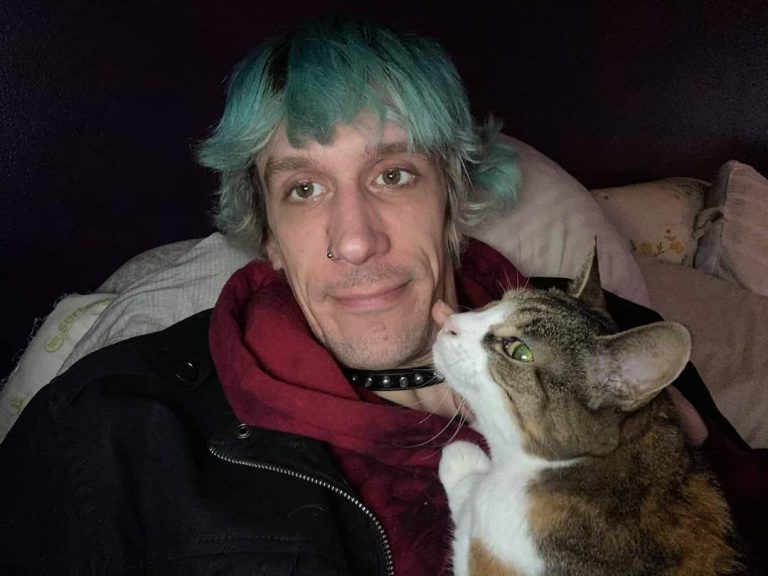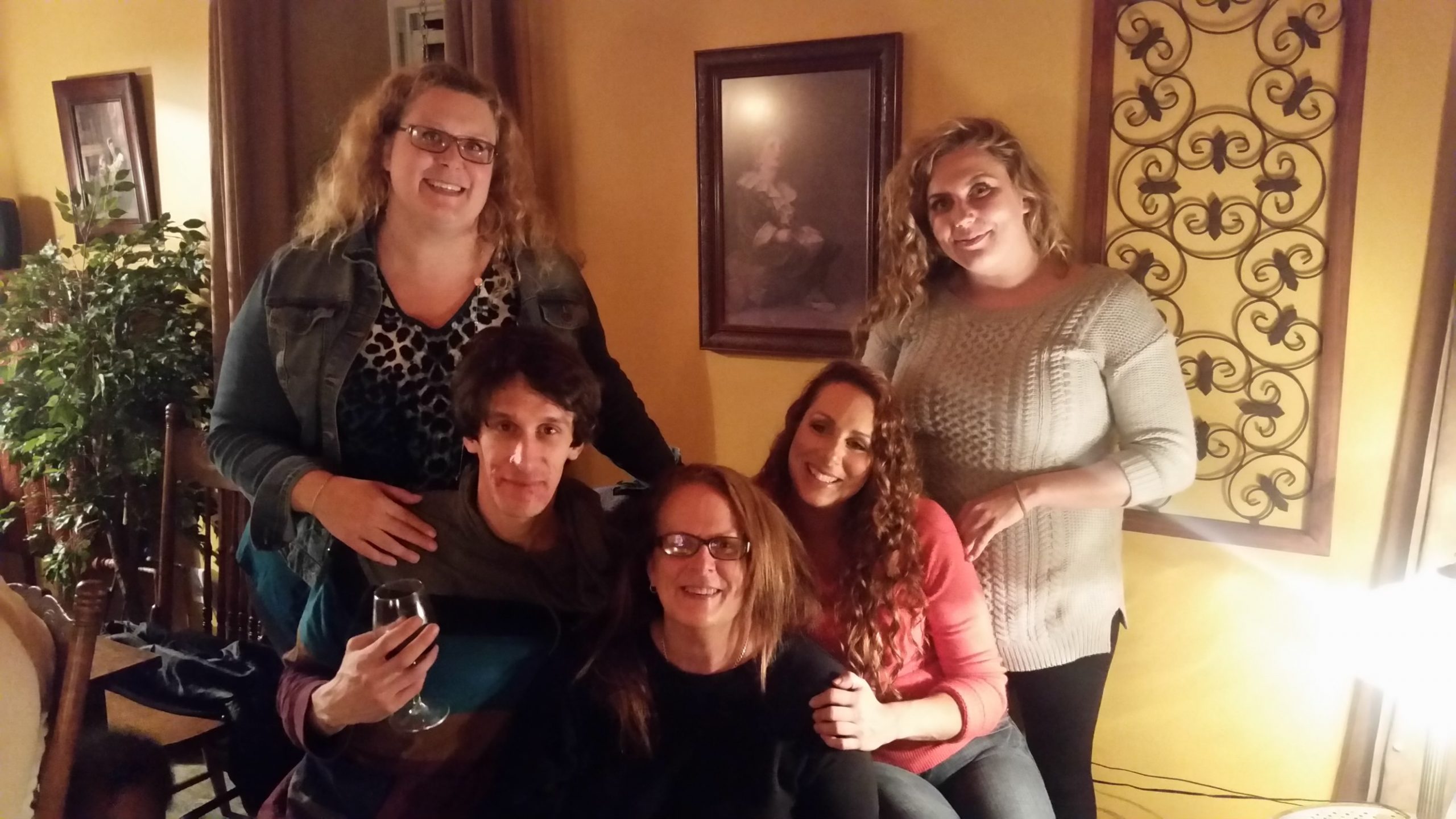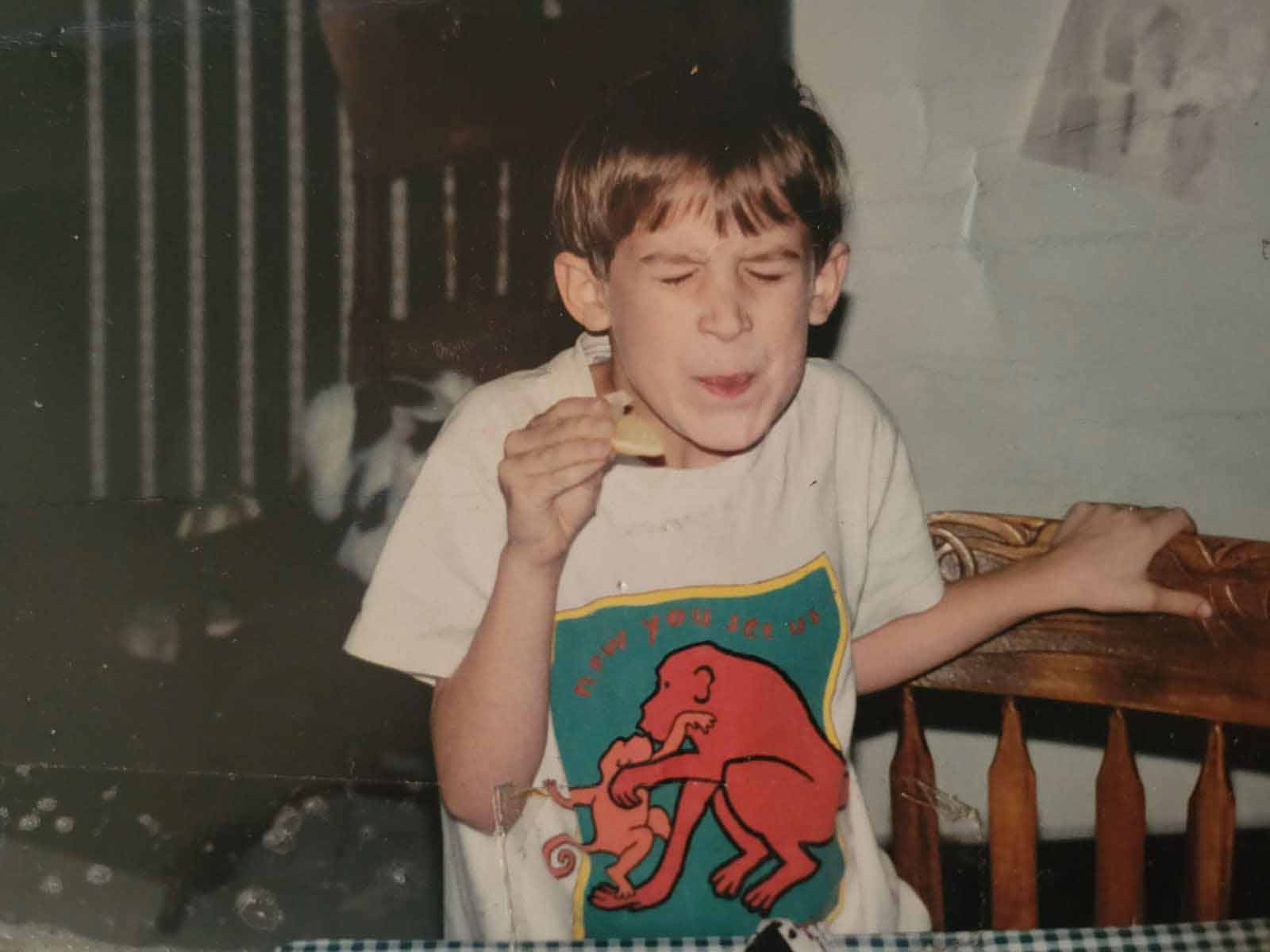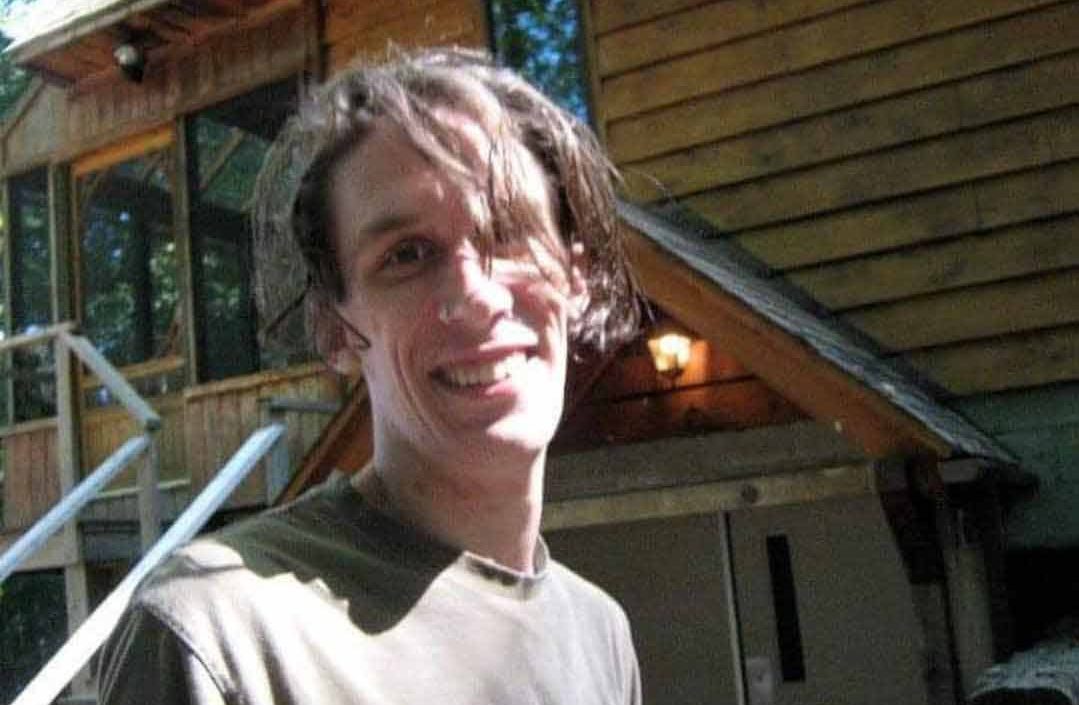Caution: This story contains details some readers may find upsetting.
TORONTO – Mathias Bunyan died after being shot four times in the chest by a Wellington OPP officer in a Fergus bedroom in 2021.
The shooting was investigated at the time by the province’s Special Investigations Unit (SIU), which found “no reasonable grounds to believe” the officer who shot Bunyan committed a criminal offence.
Earlier this month, a five person inquest jury delivered a homicide verdict after hearing evidence and watching police body-camera footage.
Akosua Matthews, the lawyer representing Bunyan’s family, explained a homicide verdict from an inquest is different than in a criminal case, as it does not involve intention or liability.
It means the jury found Bunyan’s death to be “a non-accidental death that was caused by somebody else – in this case, members of the OPP,” she told the Advertiser.
“Really there was no other (potential) finding, given the facts of the case.”
The jury included people from Mapleton, Belwood and Guelph, and the presiding officer of the inquest was Dr. Mary Beth Bourne.
The inquest took place Dec. 2 to 12 and was a mandatory coroner’s inquest, a public proceeding to bring attention to circumstances of death by examining facts and to provide recommendations about how similar deaths can be prevented.
Coroner’s inquests are mandatory when a death is caused by police use of force or when an unnatural death happens in police custody.
During the inquest, jurors heard from Mathias’ sister Alysha Bunyan, OPP officers on scene at Bunyan’s death, the OPP’s critical incident commander, Groves Memorial Community Hospital emergency room doctors Dr. Juzar Jafferfee and Dr. Andrew Prine, Homewood Health Centre mental health nurse Ellen Burgess, a forensic toxicologist and representatives who provided evidence on police training.
Bunyan’s death
The following recount of the circumstances around Bunyan’s death was compiled during previous Advertiser reporting.
The information is primarily from the outcome of the SIU investigation, with additional details from a statement of claim that is part of a civil negligence lawsuit filed by Bunyan’s family.
Most of the moments leading up to and following Bunyan’s death were recorded by body-worn cameras, an excerpt of which was reviewed by inquest jurors.
Matthews said what happened after Bunyan was shot was not included in the excerpt because it was “extremely gruesome.”
OPP officers arrived at Bunyan’s apartment on Belsyde Avenue on Aug. 15 for a wellness check after receiving calls about yelling coming from inside.
Bunyan was home alone.
About an hour after arriving, police forced entry into Bunyan’s apartment. Bunyan was heading to hide in a bedroom closet when officers saw the 31-year-old carrying two knives.
An officer requested backup from the OPP Emergency Response Team (ERT), which consists of specially trained-officers who respond to high-risk situations.
After about 45 minutes of trying to convince Bunyan to leave the closet, and a minute after learning the ERT had been dispatched, officers sprayed pepper spray into the closet.
Eventually, Bunyan emerged, still carrying two knives, and officers deployed tasers before Constable Jason White fired four 9mm rounds point blank into Bunyan’s chest.
Officers continued to taser Bunyan after the shooting. Bunyan crawled out of the bedroom and was pronounced dead in the living room.
The SIU found that White “acted reasonably to defend himself when he met the risk of a potentially deadly knife attack with a resort to lethal force of his own.”

Matthias Bunyan and Clementine the cat. Submitted photo
Jury’s recommendations
In a statement posted on social media, Bunyan’s family say, “While we can never truly heal from this senseless tragedy, we are thankful for the jurors who reviewed the evidence and have returned a homicide verdict, along with 15 critical prevention and policy recommendations.”
The jurors’ recommendations include increased training, funding and resources.
They made the following recommendations to the OPP:
- reinforce the requirement that whenever lethal force or intermediate weapons are used, OPP officers record their justification for force and reason for using that specific tool or technique;
- instruct all officers about the risk of using [pepper] spray during mental health or drug-induced crises;
- “develop a process to provide body-worn camera footage of events involving police use-of-force to the Ontario Police College and Ontario Provincial Police Academy to facilitate the development of contextually appropriate training resources, including scenario-based training (and) consider developing an appropriate approach to using body-camera footage in police training, in consultation with the Ontario Police College and the Ontario Provincial Police Academy;”
- increase scenario-based training including quarterly sessions; and
- involve people with lived experience in peer-run organizations directly in development of mental health crisis and de-escalation training.
The inquest jury recommends the Ontario Police College and Ontario Provincial Police Academy review and analyze the footage from Bunyan’s death and use it to inform training on conflict prevention and de-escalation, as well as communication with people in crisis and decision-making with respect to the use of weapons, including pepper spray.
They recommend the province increase funding and resources to the OPP to ensure crisis negotiators are available 24/7 at each OPP detachment, ensure ERT officers are available to respond to events in a timely manner, and enable development and implementation of expanded scenario-based training.
The jury also recommended the ministry of health and Ontario Heath increase funding and resources in Wellington County for mental health and addictions programs, psychiatric assessments, and treatment and access to addictions resources.
They recommend investigating increasing funding for the above “in all similar areas of Ontario.”
For Groves Memorial Community Hospital and Homewood Health Centre, the jury recommends ensuring “training is given that accurately reflects the current legal standards relating to the restraint or confinement of a person at Groves Memorial Hospital before the person is sent to a psychiatric facility for a psychiatric assessment.”
Matthews explained this was included because Bunyan was hospitalized a week prior to the shooting.
The jury also recommended that the Homewood Health Centre add screening questions related to gender dysphoria to mental health assessments, and include gender dysphoria-related issues as suicide/self-harm risk factors, after consulting experts.
The final recommendation is for the Solicitor General to “develop and prioritize a working group dedicated to analyzing the feasibility of providing frontline OPP officers with additional non-lethal use of force options that can be used when responding to calls involving individuals who are experiencing a mental health or drug-induced crisis.”

Mathias Bunyan is seen in this photo submitted by family. Bunyan’s life was cut short at 31-years-old in a police shooting on Aug. 15, 2021 in Fergus. From left: Kimberley, Mathias Bunyan, Sandra Bunyan, Rachel Labrie and Alysha Bunyan.
A ‘unique’ case
According to a press release from Matthews’ legal firm, “during the inquest, Bunyan’s family, including his mother Sandra and his sisters Alysha, Rachel and Kimberly, advocated for using the body-camera footage of this tragic encounter to inform future scenario-based training on de-escalation strategies.
“These strategies save lives by creating time and distance to allow for meaningful communication with people in crisis and the deployment of specialized police teams,” the release states.
From Matthews’ perspective, a goal for no one else to die while apprehended during a mental health crisis “is a very achievable goal, as long as we focus on what officers are actually taught.”
Matthews said this case stands out because Bunyan was not at risk of causing harm to the public – self harm was the risk, but Bunyan did not take any steps toward self harm.
“One would hope that in these cases, police would be able to safely apprehend a person,” she said.
“I think what is distressing is that it doesn’t seem to matter what type of person is being met or what they are doing – the outcome seems to be the same. That is what has been hard to swallow for the family.”
Matthews also said “a unique contribution about this case” is the recommendation to recognize gender dysphoria as a risk factor for self-harm.
She told the Advertiser the inquest “came at a really interesting time in police training and the availability of body-worn cameras.”
In police training, there is a new focus on containment, Matthews said, such as leaving a person in a bedroom or bedroom closet and keeping those doors closed while continuing to negotiate with the person in crisis.
“That didn’t happen in this case,” she noted. “Doors were repeatedly opened and the rush to apprehend … ended up killing [Bunyan].”
The video excerpts also made the case unique, she said, as “Juries don’t often get to look at body-cam footage.”
The excerpt was shown very early in the inquest, she said, setting the tone.
Bunyan’s family members were among those who watched the excerpt.

Mathias Bunyan makes a silly face while eating a lemon as a child. Photo from Facebook.
Impact
“It’s a very difficult time to go through the reexamination of this loss,” Matthews said, as the family is “on the cusp of the holiday season and still in acute grief.”
Bunyan’s family members describe the “profound pain and sorrow” they have felt since experiencing the “devastating loss that continues to shape our lives” in their statement on social media.
Bunyan’s legacy goes well beyond the tragedy of homicide, and includes laughter, kindness, and joy that “can never be replaced,” the family stated.
In 2021, Bunyan’s sisters Alysha Bunyan, Rachel Labrie and Kimberly Feather told the Advertiser their sibling was a humble, quiet, lovable and eccentric transgender woman with painted nails and a love for music, art and nature.
Bunyan grew up in Fergus and attended Centre Wellington District High School.
In the recent statement, the family describe how they “fought tirelessly” to ensure Bunyan’s death was not in vain.
“The recommendations provided by the inquest jury are a step toward preventing similar tragedies from occurring in the future,” they state.
“As a family, we remain hopeful that these recommendations will create positive changes in how police handle sensitive situations and help save lives.
“While nothing can bring Mathias back, we are committed to working toward a future where others do not have to endure the same pain we have,” they state.
“We hope that Mathias’ story will inspire others to advocate for reform, compassion and a more just approach to public safety.”
Wellington County OPP officials did not respond to the Advertiser’s request for comment in time for publication.
A representative from the Ontario Provincial Police Association, the union that represents OPP officers, told the Advertiser, “The OPPA stands firmly behind the OPP officers involved in this tragic incident.
“The body-worn camera footage and the evidence presented at the inquest reaffirm that the OPP officers acted courageously, professionally and in accordance with their training under extremely dangerous and unpredictable circumstances.”



